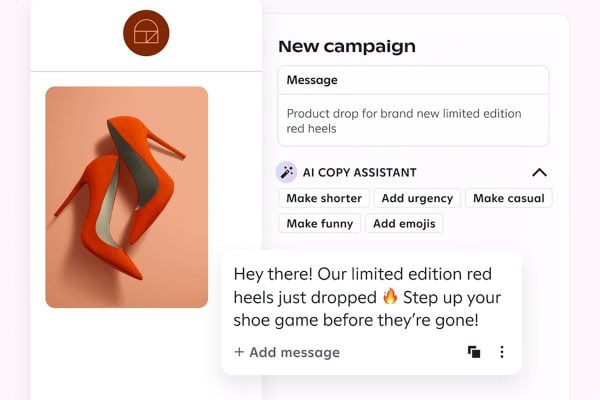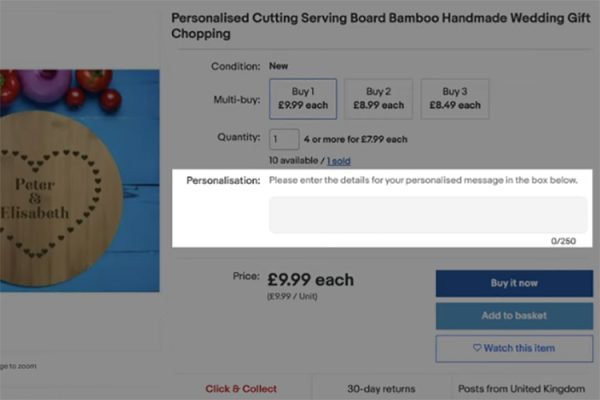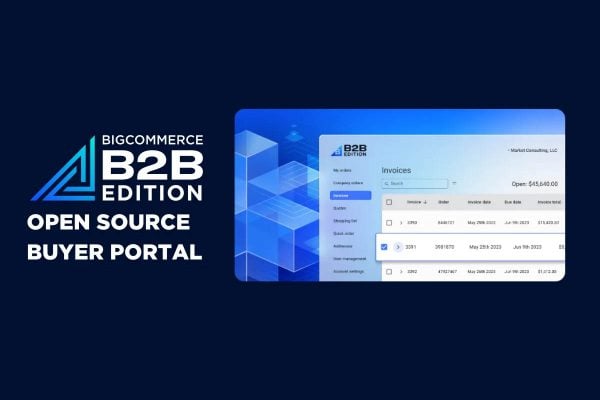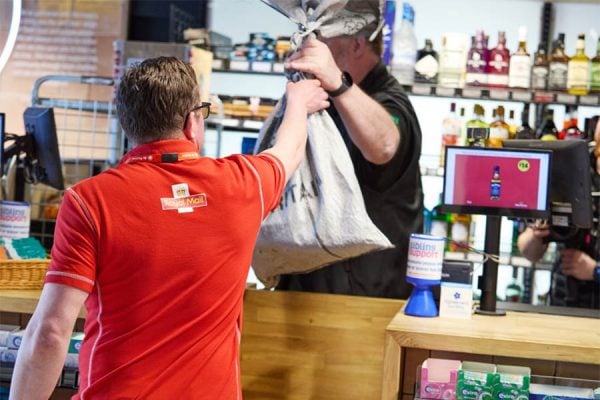Customer experience can be make or break for retailers. In fact, recent research shows that flawed customer experiences could be costing British retailers up to £102 billion in lost sales each year. This shouldn’t be news to retailers; the modern consumer demands a connected, consistent experience that is personalised to them, whether it’s online or instore. The same research found that running out of stock in-store was the biggest contributor to lost revenue, with 79 per cent of consumers saying they would not return to make a purchase if they found their desired item was out of stock. This frustration is only amplified if an out of stock product is marketed to the consumer.
Personalisation isn’t anything new but if the basics aren’t right, retailers risk not delivering on customer experience. Many retailers still aren’t getting it right – and, explains Craig Summers, Managing Director, Manhattan Associates, inept personalisation is affecting the bottom line.
Misplaced personalisation
The way in which retailers can engage with customers has changed radically over the past decade, from social media onwards. Add in the compelling appealing of Artificial Intelligence (AI) and the promise of incredibly accurate and timely promotional offers, and personalisation has become a foundation of any retail strategy. Yet while the marketing activity is becoming ever more sophisticated, personalisation cannot be delivered by marketing alone.
Without integrating marketing activity to the core operation, retailers risk repelling rather than engaging customers. Product offers that are out of stock in the customer’s size. Promotions not on offer at the local store. Incentives to buy an item the customer has already purchased – not a problem for a standard food or household item, incredibly annoying if it’s an expensive mountain bike or cashmere jumper. Customers are becoming increasingly familiar with ostensibly personalised offers that fail to deliver a great experience.
What is the thinking behind a promotion that cannot be purchased by the customer? Why set such high expectations when they cannot be met? Enticing a customer to click through an emailed offer may be the measure of marketing success – but when that customer is unable to make a purchase because the desired item is not available in his or her size, that is at least one lost sale and a bottom line retail failure.
Complete experience
Are retailers listening to what their customers want from personalisation? Great personalised offers will not deliver any value if they are not linked to the rest of the business. Smart technologies, such as AI, without any doubt have a role to play in delivering personalisation – but they are not the foundation. The foundation is getting the basics right. It is ensuring that when a customer wants to buy a product – online or instore – it is available. It is about providing Store Associates with the ability to track stock anywhere in the supply chain, reserve it for a customer to try on instore or have it sent direct to their destination of choice. It is about combining stock availability information with customer insight to make intelligent suggestions, both instore and via marketing promotions.
Bottom line success is, essentially, about the quality of the interaction. And that means considering not just the accuracy of the promotional offer but the complete customer experience. What is achievable today? What can be done well? If a product is being promoted to an individual, is it available in the right size? Is it available locally, or only in flagship outlets? It is these disconnected experiences that are fundamentally undermining customer experience and brand value.
The future of customer personalisation is incredibly exciting. AI promises the ability to predict a customer’s desires before the customer. Fabulous. But only fabulous if that product is available to buy, at a time and place to suit that individual. Right now personalisation is about the retailer; it is about being clever with promotions. It needs to be about the customer; it needs to be about delivering the quality of experience that drives sales.
Retailers need to go back to basics: use technology to recreate the ‘corner shop model’ of the past, at scale. By creating a truly immersive experience for their customers, retailers can find a way to make personalisation profitable again.
Author: Craig Summers, managing director, Manhattan Associates









